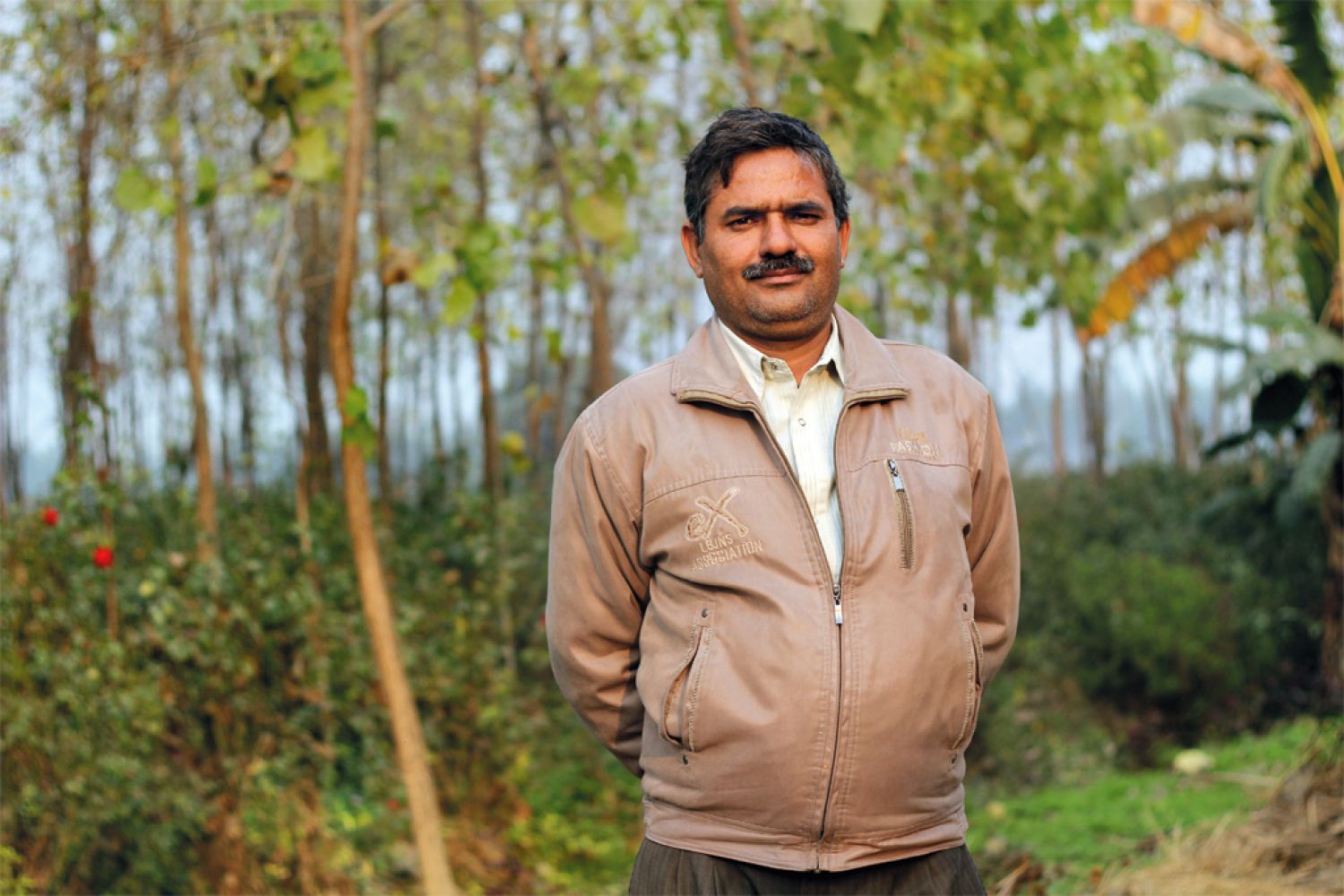
Editor’s note: This is the follow-up to the story “Heirs of Raisina” which appeared in the July 2012 issue of Fountain Ink. The story tracks the history of the original inhabitants of New Delhi, the injustice meted out by the British, and the actions of subsequent governments to residents of this region, who suffered violence and forced displaced, and were rendered nomads.On February 20, the new and non-star team of anti-corruption and social activist Anna Hazare sat in
Continue reading “Still waiting for a Raisina welcome”
Read this story with a subscription.





